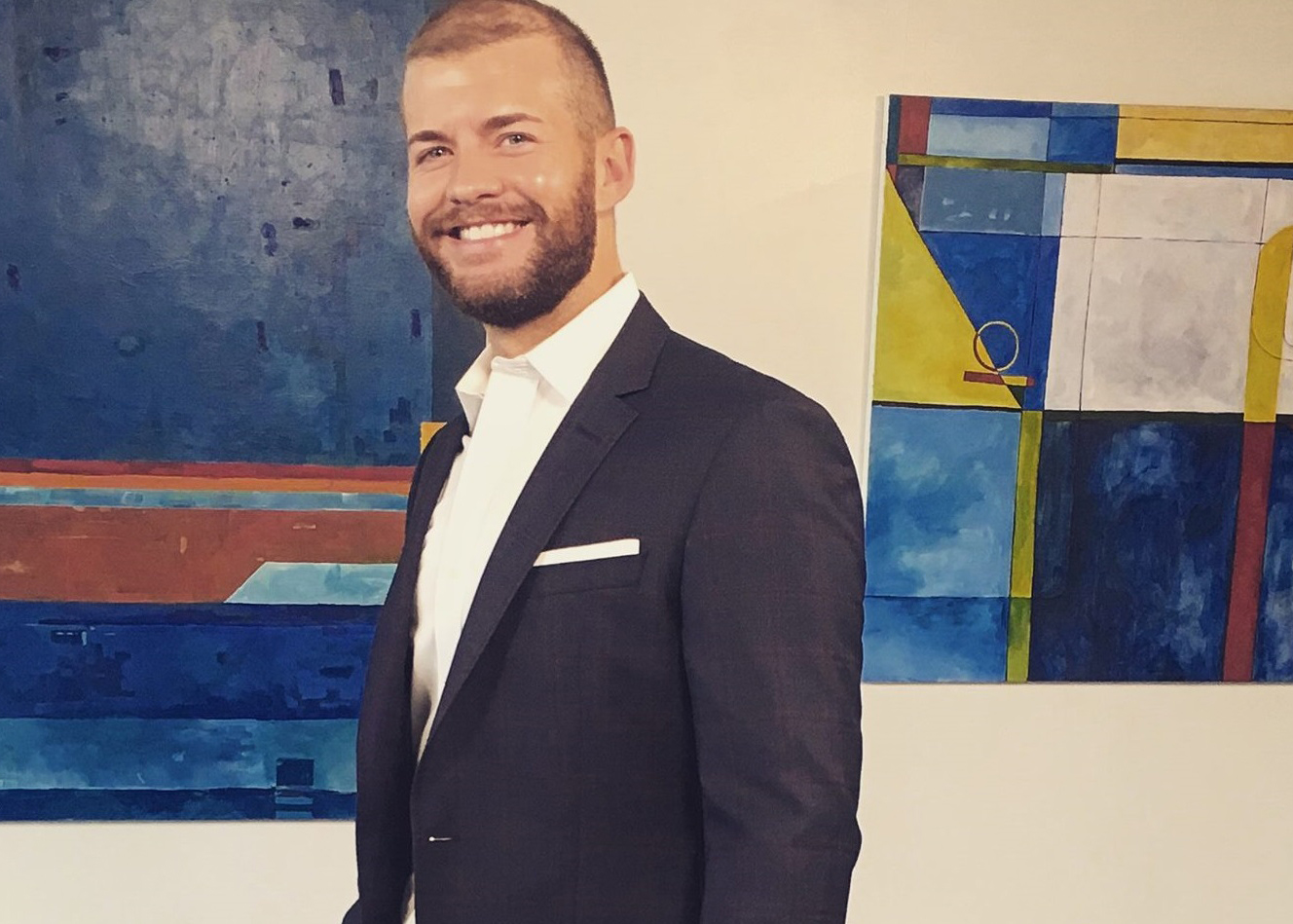In March 2020, organizers with spring and summer events were having a collective coronary. Cancel? Stay the course? Live? Virtual?
Devin Cleary, then-vice president, experiential marketing at PTC Inc., a Boston-based software company, found himself in the thick of that Covid-19 quandary, with planning for the LiveWorx 2020 user-group conference on target to bring more than 6,000 to the Boston Convention & Exhibition Center from June 8 to 11.
Decisions had to be made fast, and the LiveWorx team started with three decisive calls: pivot to virtual, shrink the show from four days to one, and make the event free.
There were many other choices ahead on the road to the new June 9 event, and Lily Grant, CMP, a member of the New England Chapter of the International Association of Exhibitions and Events, and manager, destination services, meetings and events at the Greater Boston Convention and Visitors Bureau, sat down with Cleary (pictured below) to talk about the challenges faced and lessons learned while having to reimagine the LiveWorx experience.
 Q: What were the hardest things about switching to a virtual meeting?
Q: What were the hardest things about switching to a virtual meeting?
Cleary: Overall, the accelerated timeline and having to pivot so quickly to find a date were the most challenging issues. Pragmatically, however, sourcing the tech staff and tech partners to execute an online program with many of those providers already at capacity was definitely a challenge. There was no time to formally distribute an RFP and vet vendors. We had to streamline the process; my team was heads down, having only two and a half weeks to source, vet, interview, and secure our vendor.
Q: What platform did you use for the virtual LiveWorx, and why?
Cleary: There’s a tried-and-true list of platforms out there—Intrada Technologies, 6Connex, Brightcove, etc.—but I haven’t found one platform that can do everything. Event organizers have to identify what’s most important to them and make a selection based on that. PTC chose Brightcove as the main platform for the event for its reliability, experience, and analytics. It has a 99.99 percent success rate and allows for full customization, making our conference not an event on Brightcove, but truly a LiveWorx event. We were extremely pleased with the platform and it didn’t fail during our programming.
I’m part of an agnostic event committee, connecting with other leaders of experiential events around the country. We discuss industry trends, what we’re seeing in the market, and what our audiences expect. Many of our discussions have revolved around the benefits for a company of building its own virtual platform. This could allow for lots of bells and whistles, but if the platform is not secure or something impacts connectivity, it could be catastrophic for an event.
Q: What did you learn about capturing people’s attention online?
Cleary: When we made a decision in March to go to a single-day meeting, we wanted to be empathetic with what the industry was going through; we felt that it was not the time to sell but rather to give back from an educational perspective and help people stay connected. Lessons we learned: In the future, we would not hold a one-day event, shifting to possibly a two- or three-day event instead, with more options and at different times to allow for more participation. Time zones absolutely influenced participation. This year we had more than 19,000 attendees from 150 countries, up from 62 countries the previous year.
Our engagement was highest at the start of the day; on average users listened to 2 hours and 46 minutes of content and participated in six sessions. We advised speakers to keep sessions to 30 minutes or less. Some spoke for 40 or 45 minutes, but data analytics found that shorter content produced better participation.
We incorporated a virtual networking lounge, where attendees could select interest-based networking groups. While we did not have a formal chat room (we will in the future), attendees were able to create sub-profiles and select interests from a prepopulated list of interests, themes, and topics. We used the TurnoutNow algorithm to match attendees based on common interests, resulting in 10,000 exchanges from text messages, scheduling appointments, videos, and more.
Q: LiveWorx is known for being experiential. How did PTC capture the essence of what people have come to expect?
Cleary: We had “tiles” on the homepage of the platform that were interactive educational pieces, leveraging some virtual and 3D experiences. We had a virtual-reality keynote room, and attendees could create avatars that allowed them to network with one another. In a “metaspace” available to attendees, we offered 3D tours of our Corporate Experience Center (similar to a 3D real estate tour), where there were product demos layered with text and video. We hope to push the experience further in the future.
Q: What parts of the virtual event received the most positive response?
Cleary: I would say that our livestreamed keynote presentations got the most participants and positive feedback. We also got praise for the look and feel, the UX of the platform, which was entirely interactive and very easy to navigate. Not only was there an extremely professional and polished look, our platform also never failed, which was a huge success!
We are also proud of the significant diversity of our speakers, presenters, and participants, bringing together multiple ethnicities, genders, and geographies. Not only did this result in honest and important conversations, it also offered attendees ways to take action. PTC launched a mandate two years ago to bring more women and ethnicities to the stage. Important questions for any organizer: Who are you allowing to present? Are you offering multiple voices that will resonate with a variety of attendees?
Q: What did you see in the virtual event that you would incorporate into LiveWorx 2021?
Cleary: We hit a sweet spot with the number of keynotes. We also were pleased with the content offerings; it was 20 percent less than in person but worked really well. With nine keynotes livestreamed, working to engage the audience, we also had 121 pre-recorded sessions. With a content library of that scale, we will be able to leverage it further than our actual in-person event. We’ll be re-marketing some of these activities and building a formal archive. This is something we are going to take on as a continuous effort and make part of our 2021 event.
Now that we understand how robust we could make a virtual event and how easy it was to engage and expand our geographical footprint, we do not want to lose those elements if we go back to an in-person event. Maybe we will charge a smaller premium to allow access to content at a later date; there is still a lot to consider for next year.
Q: How did you prep your sponsors moving from the event’s physical Xtropolis trade-show floor to a virtual platform?
Cleary: We made a conscious decision that it was not appropriate to have more than 25 sponsors, compared to the 100 to 125 sponsors we have at our in-person event. It was so important that our sponsors get enough value individually and their own customizations. This year we offered three different tiers; as a result, it helped us recruit the right level of sponsor at each tier and customize more offerings.
One thing that’s important is to make sure you are hand-holding and doing everything for your virtual sponsors. For example, sending a digital media kit, equipped with a microphone, lighting source, backdrop, and setup instructions, can help ensure that their sessions feel professionally recorded.
4 More Takeaways from Devin Cleary
• Be mindful and ask questions. For example, if you are using a cloud-based service, what happens if it goes through an update during the event and the platform fails? There are many things to consider.
• Get service levels in the contract. Not doing so can be suicidal to an event, and with so many companies shifting to a virtual program, vendors are overworked.
• Accommodate attendees with disabilities. Will there be closed captioning, auditory assistance, or interpreters?
• Rethink your team. Skills required for a face-to-face event may not translate to a virtual conference, and vice versa.





